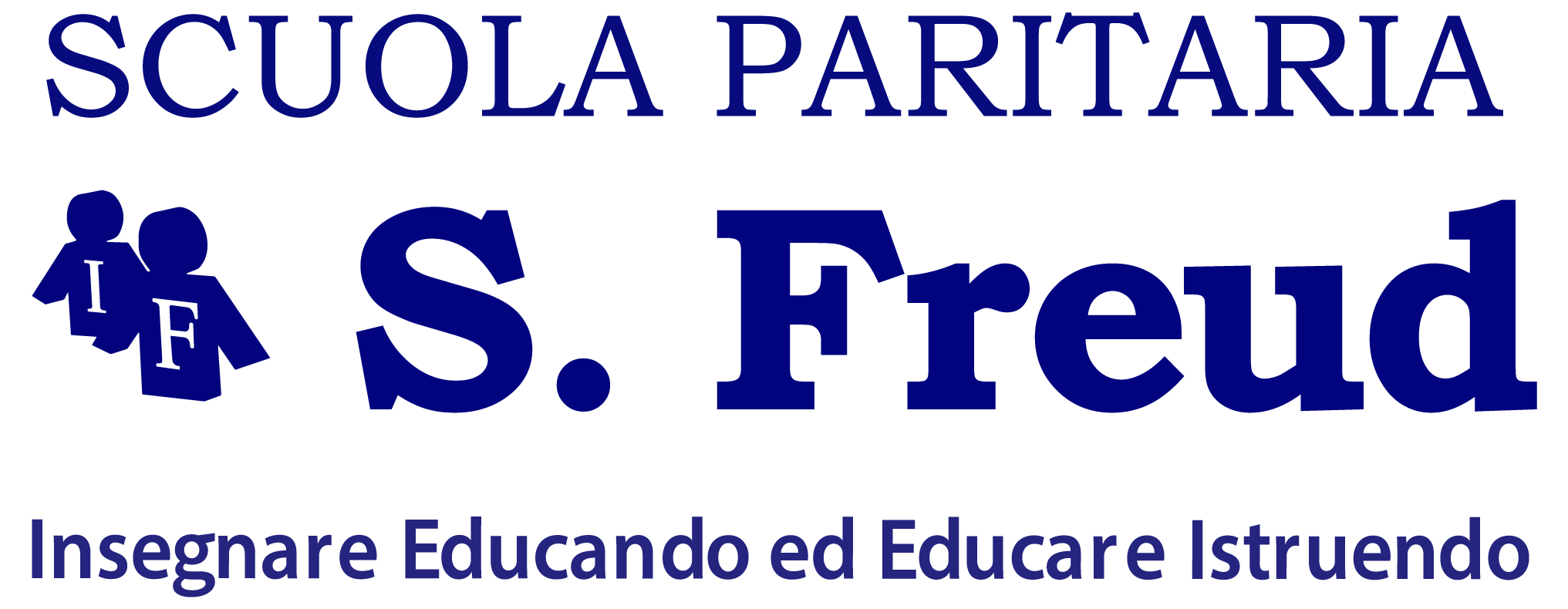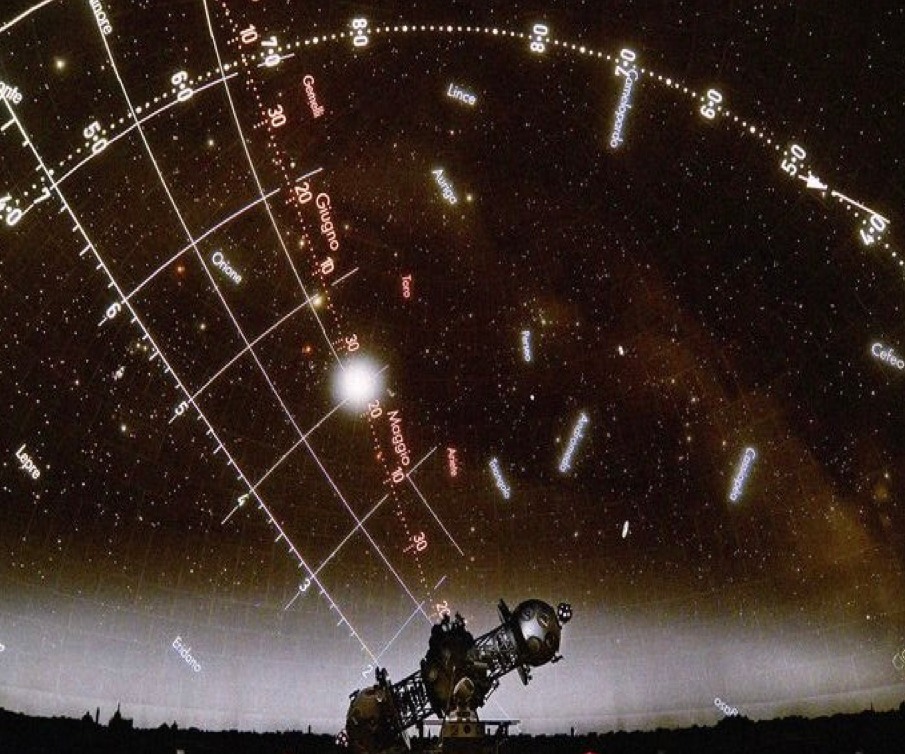6 novembre 2024
On Friday, November 22, 2024, all students in the first classes will participate in the educational trip at the “Planetarium,” located at Corso Venezia, 57 Milan.
CONTENTS
The Planetarium is an instrument that projects images of the stars and their movements in the sky. Hence, the building that houses it also takes the same name, and the one in Milan, which is the largest and oldest in Italy, is called Planetario Civico Ulrico Hoepli. It was Mr. Ulrico Hoepli (1847-1935), founder of the publishing house of the same name, who decided to donate it to the city of Milan in 1929. The building was designed and built in neoclassical style by architect Piero Portaluppi (1888-1967) and its doors were opened to the public on May 20, 1930. The choice of the location is not accidental: it is situated within the gardens of Porta Venezia to allow the Milanese to leave for a moment, the stress of the metropolis and indulge in a moment of recollection. At the time, the Planetarium's scientific direction was entrusted to astronomer Cesare Lombardi, with whom a mechanical technician and janitor Aldo Venturi worked, in charge from 1933 to 1973. It was Venturi himself who, during World War II, in order to save the planetarium instrument from bombing or requisition, disassembled it and hid it in the church of the Limbiate asylum, just outside Milan. For this heroic act, he was awarded the honor of Knight of the Republic. After some work to better repair the damage caused by the bombing, the Planetarium reopened to the public on April 19, 1949. But, during that difficult period, the attention of the Milanese was understandably rather low. Thanks to the arrival of new economic resources, from July 15, 1954, to November 17, 1956, the Planetarium closed for modernization work. In particular, the canvas used as a projection screen was replaced with the current covering of metal panels that, at the base of the dome, reproduce the silhouettes of the buildings on the horizon of Milan as they appeared in the 1930s (in fact, if you look closely, you will notice that there are no skyscrapers!). In 1968, the Planetarium was also renovated in its equipment: the old Zeiss Model II planetary instrument was replaced by a more modern Model IV, which is still in operation today. During this period, public interest in astronomical matters increased greatly thanks to the first human landing on the Moon, broadcast live in the Planetarium on July 20, 1969. The spread of information technology in the 1980s offered the opportunity to expand the potential of the Planetarium, which began to be equipped with image projection systems and a sound system, but without abandoning the philosophy of the “live” lecturer, which allows for extremely varied programming and real contact with the public. Since 1990 the planetarium instrument has been flanked by a multimedia projection system that projects images and animations on two opposite areas of the dome. Since July 1, 2016, Associazione LOfficina has been in concession to manage the Civic Planetarium of Milan. Therefore, its staff takes care of the scheduling of the appointments addressed to the public, the planning of new activities, the conduction of all the school proposals and the management of some of the public appointments. In addition, LOfficina staff also manages ancillary services such as: back and front office, technical assistance for the maintenance of the planetarium instrument (Zeiss IV). LOfficina was created to be a medium for the dissemination of scientific and technological culture in schools, with the intent to approach and interest a new and different audience daily immersed. Simplicity therefore, not as banality but as the ability to find a common ground for exchange and exploration in which to build one's own scientific experience through an informal and interactive educational approach (touching with hands and knowing through doing), carrying out practical experiences with children that bring them closer to scientific and technological culture.
OBJECTIVES AND AIMS
Appreciate astronomy as an outstanding resource for engaging students on different topics;
- Fostering the ability to combine didactic knowledge, which is discussed in class during face-to-face lectures, with a cognitive and metacognitive learning process;
- Foster critical and observational sense;
- To arouse curiosity and interest;
Enhancing a sense of belonging to the class group;
- Enhancing the capacity for relational autonomy outside of the school environment.


